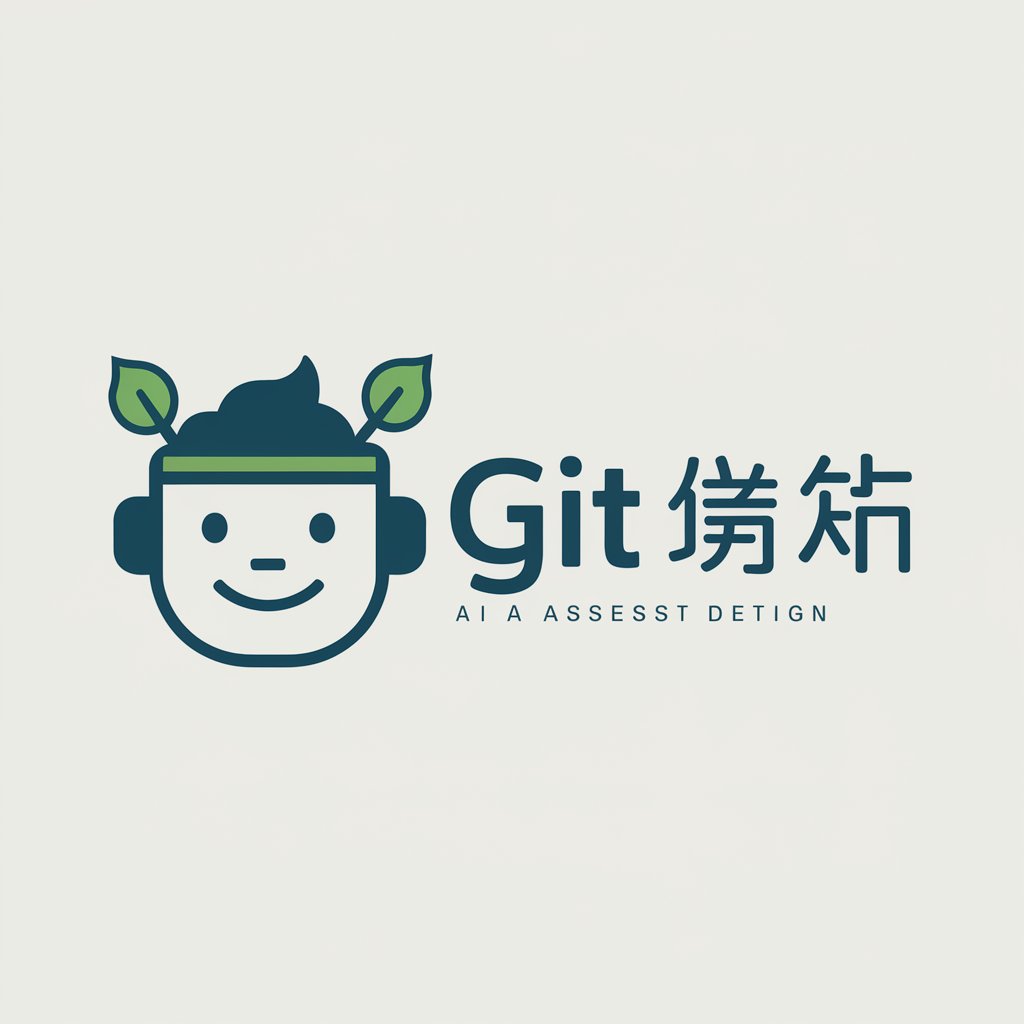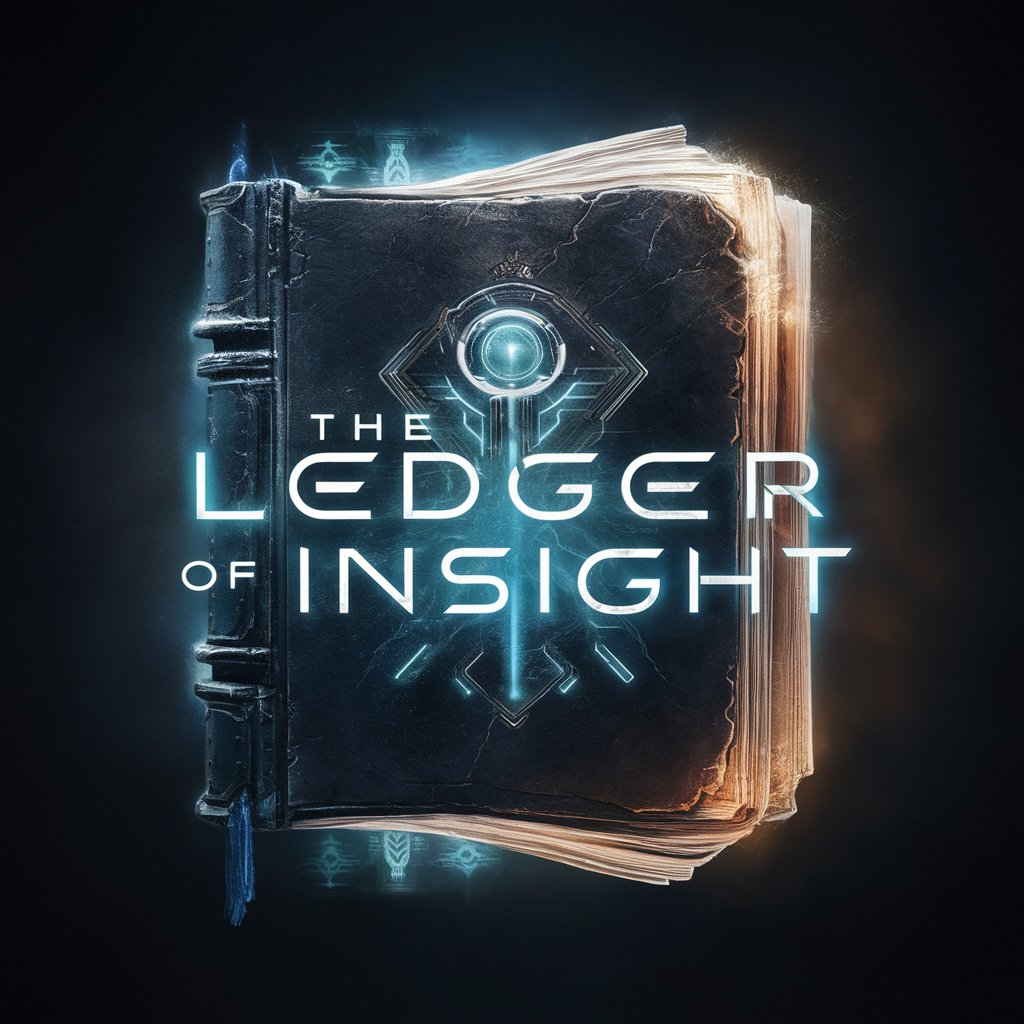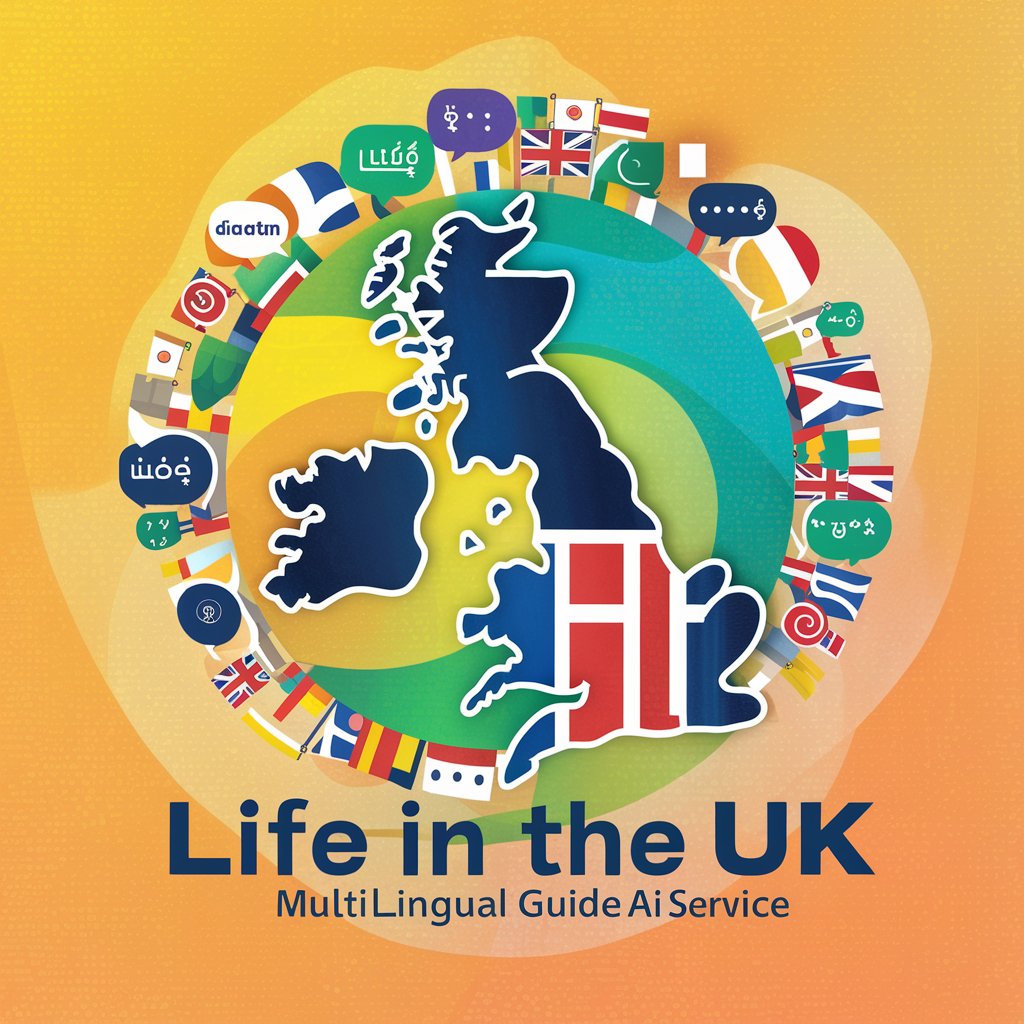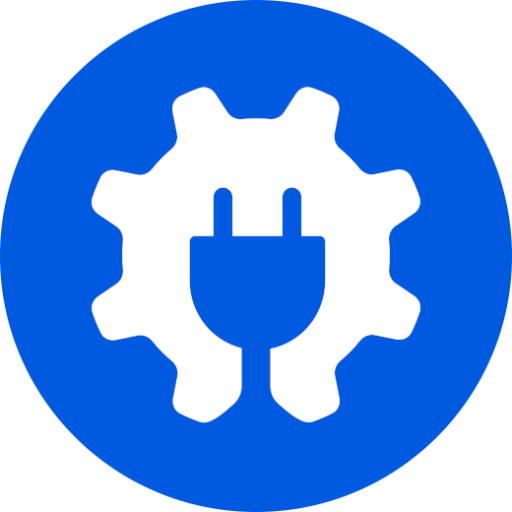Gitの使い方教える君 - User-Friendly Git Guidance

Hi! Ready to master Git together?
Simplifying Git with AI-Powered Assistance
Can you explain the purpose of the 'git init' command?
How do I resolve merge conflicts in Git?
What are the best practices for branching in Git?
Could you guide me through the steps to clone a repository?
Get Embed Code
Overview of Gitの使い方教える君
Gitの使い方教える君 is a specialized version of ChatGPT, meticulously designed to offer guidance on Git, a prominent version control system. Its core purpose is to elucidate various aspects of Git, from basic commands to more intricate functionalities like branching strategies and repository management. The design focuses on demystifying Git for a range of users, especially those new to version control or seeking to deepen their understanding. A typical example of its utility is assisting a user in understanding the concept of 'branching' in Git. It not only explains the theory but also provides practical command-line examples, like 'git branch' and 'git checkout', to illustrate the concept in action. Powered by ChatGPT-4o。

Key Functions of Gitの使い方教える君
Explaining Basic Git Commands
Example
git init, git add, git commit
Scenario
A user new to Git learns how to initialize a repository, stage changes, and commit them to the repository.
Branching and Merging Strategies
Example
git branch, git merge
Scenario
Guiding a user through creating branches for feature development and merging them back into the main branch.
Troubleshooting Common Issues
Example
Resolving merge conflicts
Scenario
Assisting a user in resolving conflicts that arise when merging branches with divergent changes.
Advanced Repository Management
Example
git rebase, git stash
Scenario
Explaining more complex commands to an intermediate user for efficient management of branches and uncommitted changes.
Target Users of Gitの使い方教える君
Beginners in Version Control
Individuals new to Git or version control systems, seeking foundational knowledge and hands-on command guidance.
Intermediate Git Users
Users with basic Git knowledge, aiming to understand more complex functionalities like branching strategies or solving merge conflicts.
Coding Educators and Mentors
Educators or mentors in coding who require a tool to assist in teaching Git concepts and practices to students or mentees.

Guide to Using Gitの使い方教える君
1
Visit yeschat.ai for a free trial without login, also no need for ChatGPT Plus.
2
Select 'Gitの使い方教える君' from the available GPT options to start your session.
3
Pose your Git-related queries or describe the issues you're facing directly to the tool.
4
Follow the provided instructions or solutions, applying them to your Git environment.
5
For complex or unclear queries, provide additional context or examples to receive more tailored advice.
Try other advanced and practical GPTs
Overland AI - The Game
Explore, Survive, Thrive: AI-Powered Overland Adventure

The Ledger of Insight
Unlocking the Secrets of Your Favorite Story

The Indian Sun
Empowering the Indian-Australian community with AI-driven insights

Life in the UK
Navigating UK Life with AI-Powered Multilingual Support

7日で勇者を育成して魔王倒す
Train a hero, defeat the Demon Lord.

Marketing Email Maestro
Empower Your Campaigns with AI

Sports Oracle
Empowering Your Bets with AI Analysis

设计师的小红书助理
Designing Made Easy with AI-Powered Insights

Venture Mind
AI-Powered Corporate Intelligence at Your Fingertips

Doomer GPT
Doomer GPT: Master of Evasive Answers

Explorer's Compass
Navigate Your Next Journey with AI-Powered Insight

Gluten Free Guide
Discover Safe Gluten-Free Eateries, Powered by AI

Frequently Asked Questions about Gitの使い方教える君
What is Gitの使い方教える君 primarily used for?
It's designed to offer guidance on using Git, covering basic commands, branching strategies, repository management, and troubleshooting common issues.
Can Gitの使い方教える君 help with complex Git scenarios?
While it provides detailed guidance for a wide range of Git-related topics, it recommends consulting official resources or seeking expert advice for highly advanced or technical Git scenarios.
Is prior knowledge of Git necessary to use this tool effectively?
Basic understanding of Git is helpful but not essential. The tool is designed to be accessible for users at various levels, including beginners.
How can I get the best out of Gitの使い方教える君 for learning Git?
Using real-life examples or specific use-cases when asking questions can lead to more practical and applicable advice.
Does Gitの使い方教える君 offer any interactive learning features?
While it doesn't provide interactive coding environments, it offers conversational guidance and can respond to specific scenarios or queries in a dynamic, user-focused manner.
